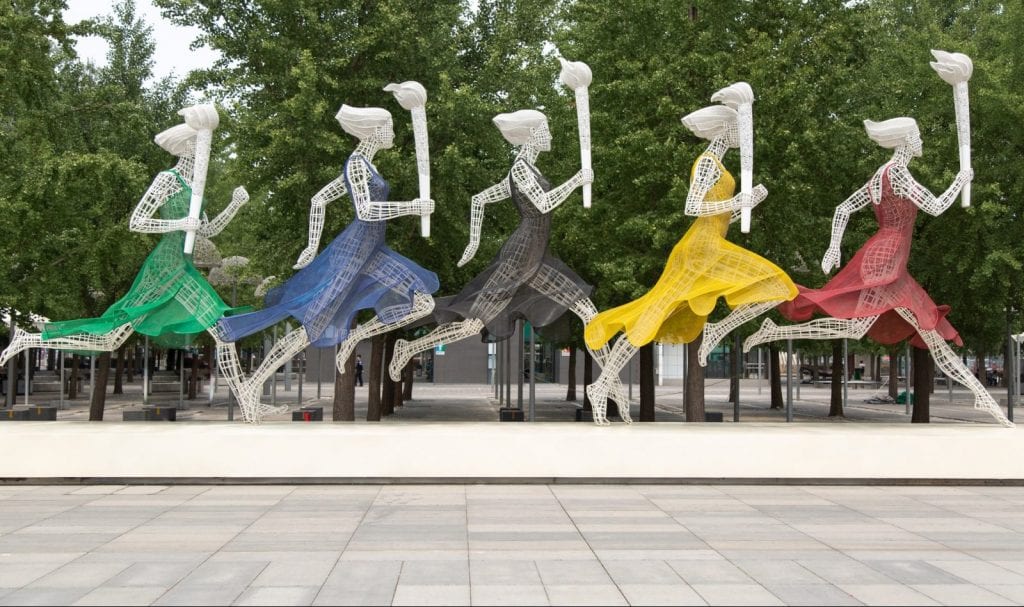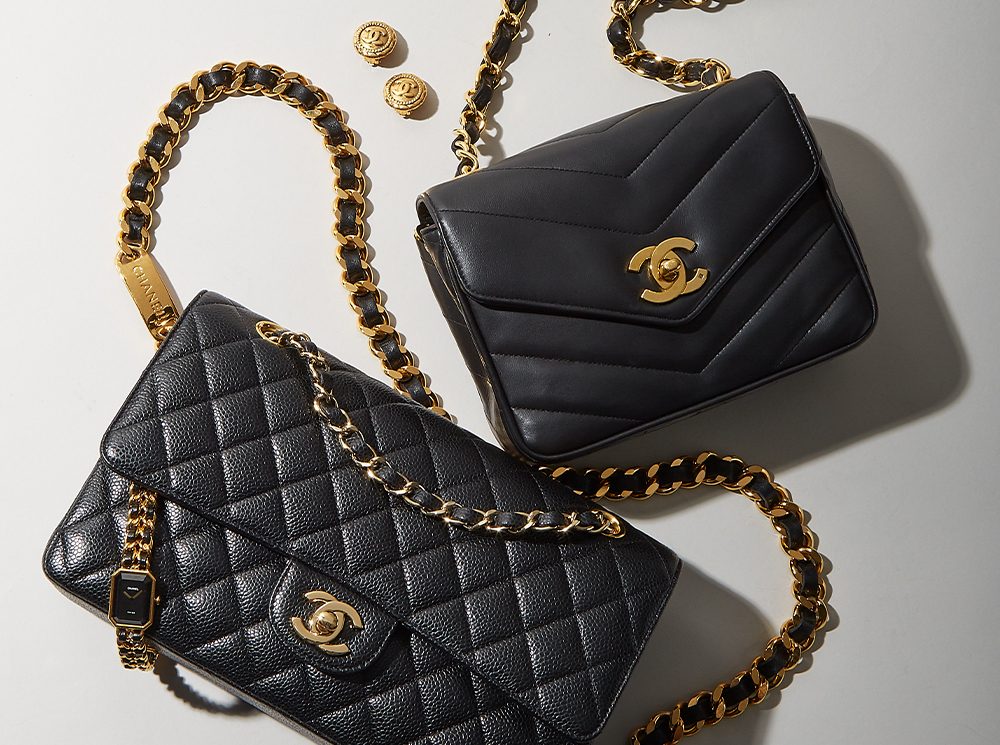Luxury fashion house Prada has a plan for customers who want something more exclusive than its usual range of clothing and accessories. Each month, on a first-come first-served basis, the Time Capsule Collection offers ultra-limited editions of Prada products for a period of 24 hours. Beginning this month, there will be an extra twist: Those who buy one of only 100 black and white button-down shirts by Prada and collaborator Cassius Hirst will receive a non-fungible token (“NFT”) as part of the experience, and the NFTs are also being made available to purchasers of previous editions of Prada’s limited Time Capsule drops.
Prada’s recently project is the latest example of how top brands are experimenting with NFTs to add another dimension to their businesses. This has recently included everything from Nike digital sneakers to virtual collectables from sport clubs such as AC Milan.
Most of the media coverage around NFTs has focused on big art auctions such as Beeple’s Everydays, a giant digital collage that sold for $69 million in March 2021, and the heavily hyped Bored Ape Yacht Club NFTs, which consists of 10,000 cartoon avatars of primates looking … bored. But clearly, the arrival of traditional brands, including those in the luxury space, is a notable evolution as total NFT sales for 2022 are heading for about $113 billion, more than double 2021 despite the fact that markets are sinking right now.
So, what are some of the best examples of brands operating in this space, and are there pitfalls?
Early Movers
NFTs are digital assets that act as certificates of ownership, usually of digital items, such as a piece or art or a video, but potentially even physical things like an item of specific clothing or a car. People can buy and sell NFTs on marketplaces including OpenSea, LooksRare or Magic Eden, and the market exploded in 2021 on the back of the Beeple hype and leading celebrities like Snoop Dogg and Lebron James issuing NFTs of their own. In addition to famous individuals, sport associations such as NBA and NFL were among some of the early movers, offering up NFTs of collectable cards of sporting heroes, videos of classic moments, and even jerseys autographed by players in an attempt to use this novel technology to capitalize on a loyal fan base by offering them rare assets.
Nike has also been particularly forward-thinking, buying digital fashion/footwear pioneer RTFKT Studios late in 2021. In addition to its NFT sneakers, RTFKT made its name with a collection of Manga-style 3D NFT characters called CloneX that now trade for the equivalent of tens of thousands of U..S dollars. In keeping with other top NFT collections like Yuga Labs’ Bored Apes, RTFKT is using the CloneX characters to craft a storyline that is gradually unfolding over time. For instance, in February, CloneX owners were airdropped NFTs of mystery digital boxes known as MNLTHS. The MNLTHS, which are adorned with Nike swooshes on the side, quickly started selling for upwards of $10,000 on NFT marketplaces, even though no one knew what they contained. In April, Nike and RTFKT announced that owners could “burn” them to unlock a pair of digital sneakers known as CryptoKicks, plus a vial that allows users to customize them, and another mystery box called MNLTHS 2.
Meanwhile, online platforms are helping to make these NFTs more usable. Meta is creating features for Facebook and Instagram that will make it possible for users to create NFTs and showcase them on their social media profiles. At the same time, Spotify is working on something similar, with a view to creating new revenue streams for artists and record companies.
Dangers Ahead?
If these are examples of NFTs’ potential for major brands, there are also risks. The market has fallen substantially in both prices and volumes in recent weeks in line with drops in everything from the stock market to cryptocurrencies. Many collectors will be sitting on assets that were worth a lot more several months ago. Against this background, a historic sports club like, say, Real Madrid might unintentionally end up undermining its fans’ financial well-being as a result of fluctuations in the value of NFTs. Should the club compensate these people in some way to avoid jeopardizing the relationship?
Another danger is undesirable repercussions from a company giving control of assets to unknown third parties. How would, say, Patagonia’s customers feel about its sustainable and activist values if its NFTs ended up being flaunted by a major entrepreneur in fossil fuels?
For many brands it is also not yet clear whether NFTs could cannibalize the sales of their physical products (although it seems highly unlikely as of now). Equally, not all brands have the same scarcity value of a Prada or Gucci. A budget retailer, such as Primark, might experience a lack of demand if it launched NFTs, and its image could be harmed as a result.
Companies launching NFTs are going to potentially need to change more than it first appears. They will need to set up a range of new roles to manage relationships with NFT owners and their corporate reputation. This could become a distraction from the company’s core business. Perhaps they become like an investment house, more focused on maximizing the sales of NFTs than creating value for their customers. For brands with a more progressive culture, such as Ben & Jerry’s or Oatly, that could raise awkward ethical issues when it comes to NFTs, including from an ESG perspective.
Nonetheless, it will be fascinating to see how this market develops. The companies that succeed will probably be the ones that are alert to these risks, and view NFTs as a new revenue market to explore rather than a short-term opportunity.
Achilleas Boukis is an Associate Professor in Marketing at the University of Birmingham. (This article was initially published by The Conversation.)











